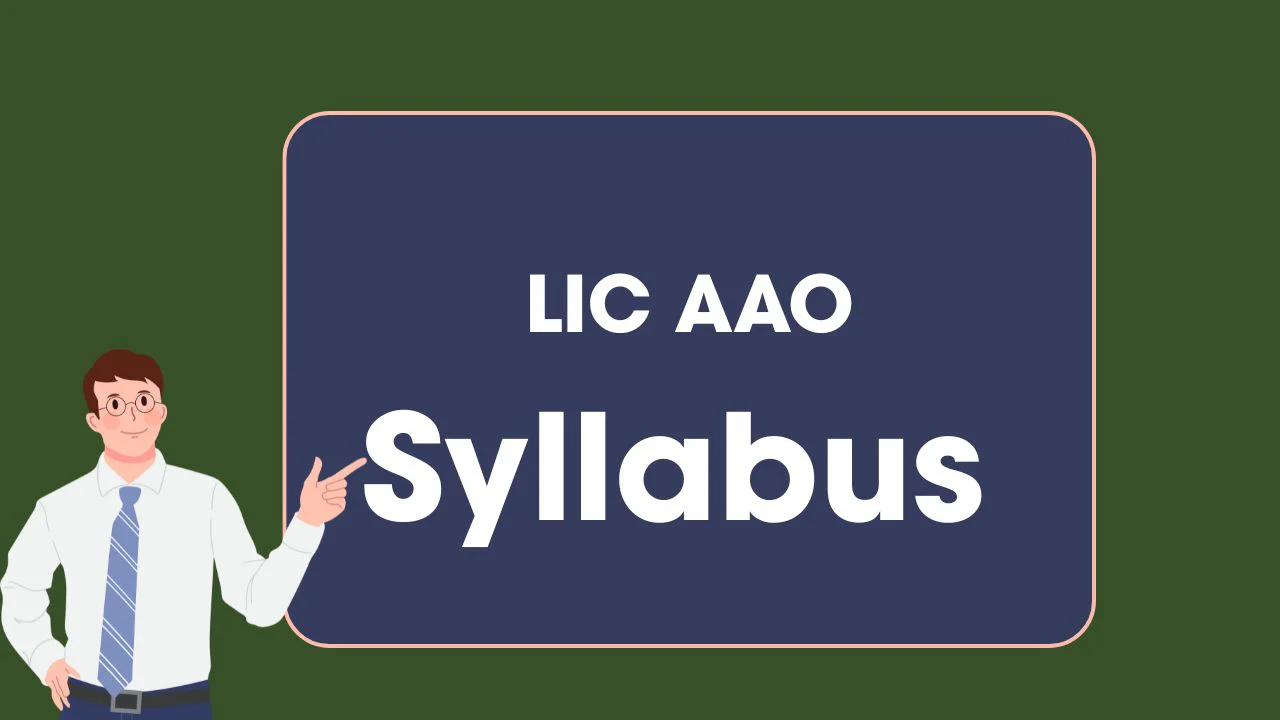CBSE Class 10 Science Syllabus Term Wise for 2025-26: Students preparing for the CBSE Class 10 board exam must know the CBSE Syllabus for Class 10 Science. CBSE officials design the academic CBSE Class 10 Syllabus 2025-26 for all subjects. A detailed knowledge of the CBSE Class 10 Syllabus for Science will ensure students cover the entire syllabus without skipping any chapter or concept.
The subject of science plays an important role in children’s development of well-defined abilities in cognitive, affective, and psychomotor domains. It augments the spirit of enquiry, creativity, objectivity, and aesthetic sensibility.
The upper primary stage demands that students be provided with several opportunities to engage with the processes of Science, such as observing, recording observations, drawing, tabulation, plotting graphs, etc., whereas the secondary stage also expects abstraction and quantitative reasoning to occupy a more central place in the teaching and learning of Science. Thus, the idea of atoms and molecules being the building blocks of matter makes its appearance,as does Newton’s law of gravitation.
CBSE Class 10 Science Syllabus 2025-26
| Board Name | Central Board of Secondary Education |
| Short Name | CBSE |
| Location | Across India |
| Academic Year | 2025-26 |
| Class Name | Class 10 |
| Subject | Science (Code No. 086) |
| category | Syllabus |
| Official site | cbseacademic.nic.in |
CBSE Class 10 Science Exam Pattern 2025-26
| Unit No. | Unit | Marks |
| I | Chemical Substances-Nature and Behaviour | 25 |
| II | World of Living | 25 |
| III | Natural Phenomena | 12 |
| IV | Effects of Current | 13 |
| V | Natural Resources | 05 |
| Total | 80 | |
| Internal assessment | 20 | |
| Grand Total | 100 |
CBSE Class X Science Syllabus 2025-26
The present syllabus has been designed around seven broad themes: food, materials, the world of the Living, how things work, Moving Things, People and Ideas, Natural Phenomena, and Natural Resources. Special care has been taken to avoid the temptation of adding too many concepts that can be comfortably learned in the given time frame. No attempt has been made to be comprehensive.
At this stage, while science is still a common subject, the disciplines of Physics, Chemistry and Biology begin to emerge. The students should be exposed to experiences based on hands-on activities as well as modes of reasoning that are typical of the subject.
CBSE Class 10 Science Question Paper Design 2025-26
| Competencies | Total |
| Demonstrate Knowledge and Understanding | 46 % |
| Application of Knowledge/Concepts | 22 % |
| Formulate, Analyze, Evaluate and Create | 32 % |
| 100% |
Internal Assessment (20 Marks)
- Periodic Assessment – 05 marks + 05 marks
- Subject Enrichment (Practical Work) – 05 marks
- Portfolio – 05 marks
CBSE Class 10 Science Syllabus 2025-26
Theme: Materials
Unit I: Chemical Substances – Nature and Behaviour
Chemical reactions: Chemical equation, Balanced chemical equation, implications of a balanced chemical equation, types of chemical reactions: combination, decomposition, displacement, double displacement, precipitation, endothermic exothermic reactions, oxidation and reduction.
Acids, bases and salts: Their definitions in terms of furnishing of H+ and OH– ions, General properties, examples and uses, neutralization, concept of pH scale (Definition relating to logarithm not required), importance of pH in everyday life; preparation and uses of Sodium Hydroxide,Bleaching powder, Baking soda, Washing soda and Plaster of Paris.
Metals and nonmetals: Properties of metals and non-metals; Reactivity series; Formation and properties of ionic compounds; Basic metallurgical processes; Corrosion and its prevention.
Carbon compounds: Covalent bonding in carbon compounds. Versatile nature of carbon. Homologous series. Nomenclature of carbon compounds containing functional groups (halogens, alcohol, ketones, aldehydes, alkanes and alkynes), difference between saturated hydro carbons and unsaturated hydrocarbons. Chemical properties of carbon compounds (combustion, oxidation, addition and substitution reaction). Ethanol and Ethanoic acid (only properties and uses), soaps and detergents.
Theme: The World of the Living Unit II: World of Living
Life processes: ‘Living Being’. Basic concept of nutrition, respiration, transport and excretion in plants and animals.
Control and co-ordination in animals and plants: Tropic movements in plants; Introduction of plant hormones; Control and co-ordination in animals: Nervous system; Voluntary, involuntary and reflex action; Chemical co-ordination: animal hormones.
Reproduction: Reproduction in animals and plants (asexual and sexual) reproductive health – need and methods of family planning. Safe sex vs HIV/AIDS. Child bearing and women’s health.
Heredity and Evolution: Heredity; Mendel’s contribution- Laws for inheritance of traits: Sex determination; brief introduction.
Theme: Natural Phenomena Unit III: Natural Phenomena
Reflection of light by curved surfaces; Images formed by spherical mirrors, center of curvature, principal axis, principal focus, focal length, mirror formula (Derivation not required),magnification.
Refraction; Laws of refraction, refractive index.
Refraction of light by spherical lens; Image formed by spherical lenses; Lens formula(Derivation not required); Magnification. Power of a lens.
Functioning of a lens in human eye, defects of vision and their corrections, applications of spherical mirrors and lenses.
Refraction of light through a prism, dispersion of light, scattering of light, applications in dailylife (excluding colour of the sun at sunrise and sunset).
Theme: How Things Work Unit IV: Effects of Current
Electric current, potential difference and electric current. Ohm’s law; Resistance, Resistivity, Factors on which the resistance of a conductor depends. Series combination of resistors, parallel combination of resistors and its applications in daily life. Heating effect of electric current and its applications in daily life. Electric power, Interrelation between P, V, I and R. Magnetic effects of current : Magnetic field, field lines, field due to a current carryingconductor, field due to current carrying coil or solenoid; Force on current carrying conductor, Fleming’s Left Hand Rule, Direct current. Alternating current: frequency of AC. Advantage of AC over DC. Domestic electric circuits.
Theme: Natural Resources Unit V: Natural Resources
Our environment: Eco-system, Environmental problems, Ozone depletion, waste production and their solutions. Biodegradable and non-biodegradable substances.
Direct Link to Download CBSE Class 10 Science Syllabus 2025-26 
PRESCRIBED BOOKS:
- Science-Textbook for class IX-NCERT Publication
- Science-Text book for class X- NCERT Publication
- Assessment of Practical Skills in Science-Class IX – CBSE Publication
- Assessment of Practical Skills in Science- Class X- CBSE Publication
- Laboratory Manual-Science-Class IX, NCERT Publication
- Laboratory Manual-Science-Class X, NCERT Publication
- Exemplar Problems Class IX – NCERT Publication
- Exemplar Problems Class X – NCERT Publication










